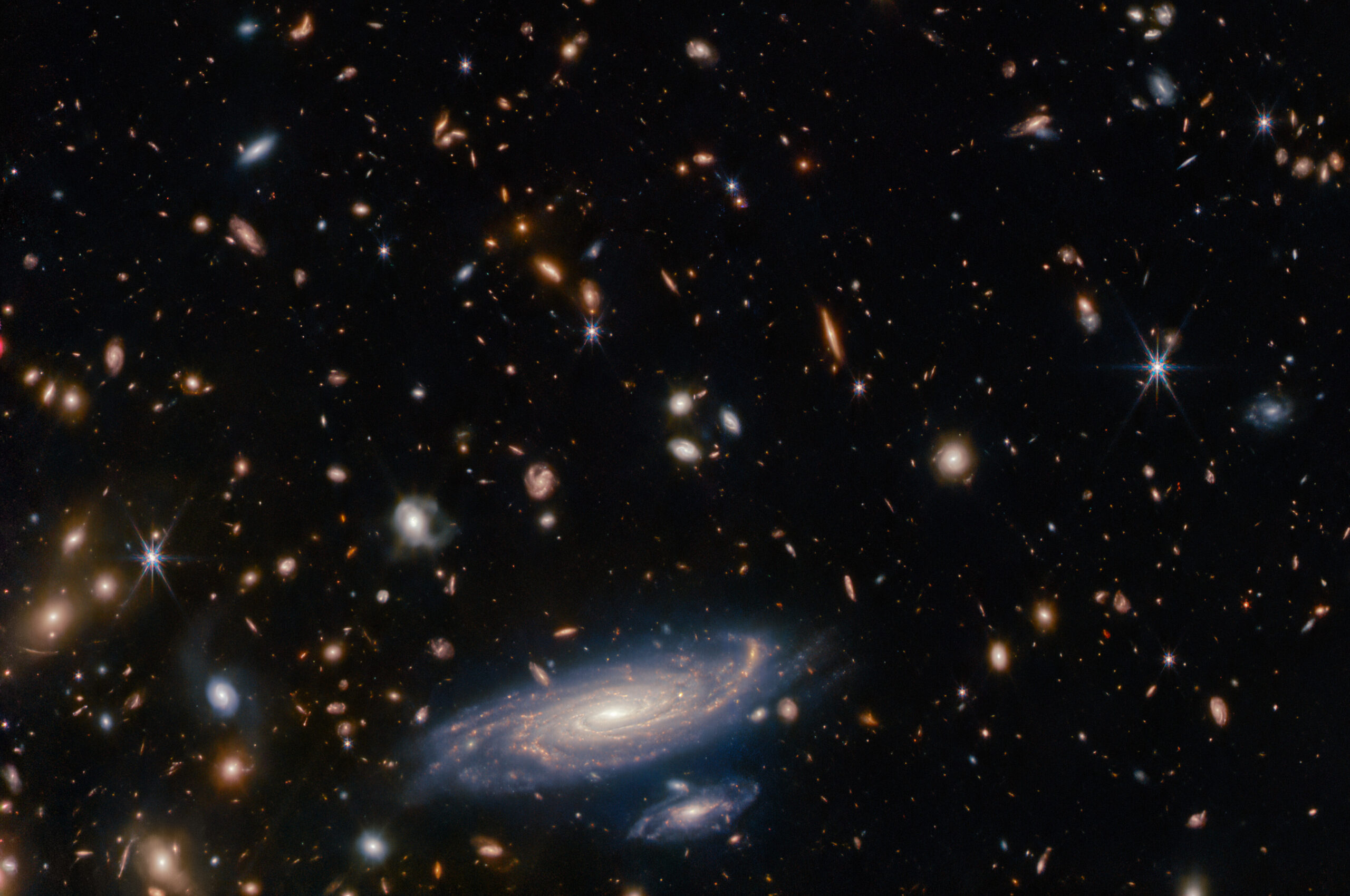The International Space Science Institute (ISSI) in Bern, Switzerland invites applications for the 2025 Johannes Geiss Fellowship (JGF25). With this fellowship ISSI honours the memory of Johannes Geiss, the founder of ISSI, and his contributions to the space sciences.
The Earth’s atmosphere and ocean are in the focus of Professor Weiqing Han, who is affiliated with the University of Colorado and a former ‘Johannes Geiss Fellow’ at ISSI Bern. Her focus is predominantly on the dynamics of our evolving climate across intra-seasonal to decadal time frames. Important facets of her work encompass ocean dynamics, regional sea-level fluctuations, climate variability, and the intricate interplay between the atmosphere and the ocean. Below, Professor Han provides a synopsis of her latest publications arising from her time as an ISSI fellow.
Sandra Chapman is the Johannes Geiss Fellow 2023 and is a plasma physicist working on problems in astrophysics and in the laboratory. She is currently Professor of Physics and Director of the Centre for Fusion, Space and Astrophysics at the University of Warwick and adjunct Professor at UIT.
The magnetic field is fundamental to solar activity and shapes the interplanetary environment, as shown by the full three-dimensional monitoring of the heliosphere provided by measurements from many past and present interplanetary and remote sensing spacecraft. Magnetic fields are also the source for coronal heating and the very existence of the solar wind; produced by the sun’s dynamo and emerging into the corona, magnetic fields become a conduit for waves, act to store energy, and then propel plasma into the Heliosphere in the form of Coronal Mass Ejections (CMEs). Magnetic fields are also at the heart of the generation and acceleration of Solar Energetic Particle (SEPs) that modify the space weather environment of the Earth and other planets.
Parker Solar Probe (PSP)’s launch in 2018, followed by Solar Orbiter (SO)’s launch in February 2020 have opened a new window in the exploration of solar magnetic activity and the origin of the Heliosphere. The first direct measurements of the plasma in the closest atmosphere of our star have already produced significant surprises, including the presence of folds in the magnetic field called switchbacks that come in patches, the prevalence of the bursty phenomenon known as magnetic reconnection together with turbulence in the outer corona and accelerating solar wind.
Bruno Leibundgut (European Southern Observatory (ESO), Garching, Germany) was elected as the Johannes Geiss Fellow 2019. In the following paragraphs he answers a few questions – asked by Lorena Moreira, ISSI Earth Sciences Post Doc – about his scientific work (in pandemic times).
